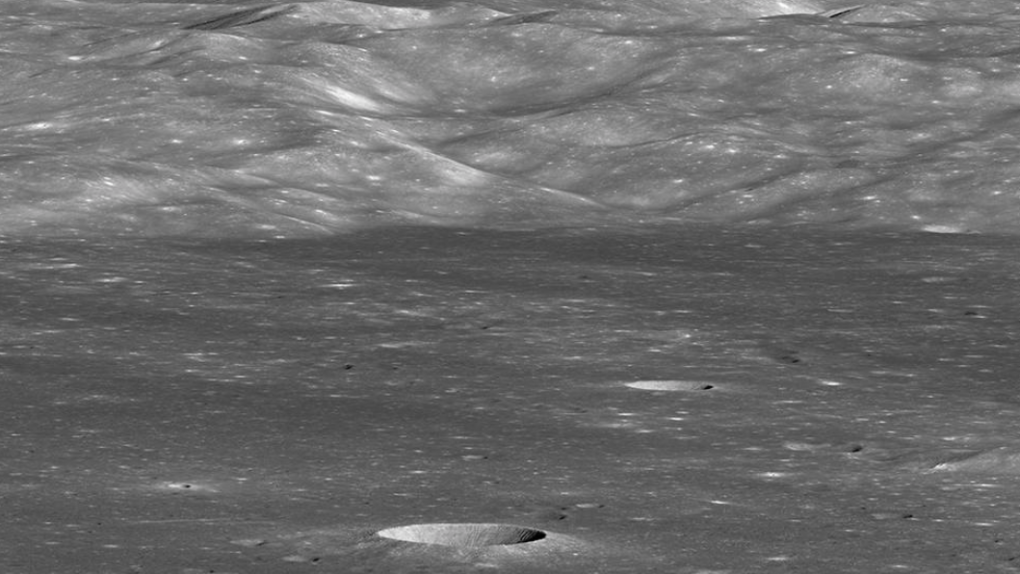- NASA is actively experimenting with the possibility of growing crops in simulated lunar soil.
- NASA’s JPL scientists have grown radishes in lunar soil simulant.
- Experiments show that the plants respond better to lower moisture levels, which is great news.
Humans are headed back to the Moon. NASA wants to make it happen by 2024 — that might not happen, by the way — but even if it doesn’t meet that ridiculous deadline, we’ll see crewed missions to the lunar surface sooner rather than later. As Moon exploration ramps up, scientists are doing their best to learn how to grow things on other worlds, with the assumption being that mankind is going to need to set up shop on the Moon or Mars, and when they do, they’re going to need something to eat.
The coronavirus pandemic has put a strain on the work of NASA’s Jet Propulsion Laboratory, but researchers recently began at-home experiments to get an idea for how radishes might grow in soil from the Moon.
In a new blog post on the Jet Propulsion Laboratory site, the scientists explain how working from home hasn’t hindered their efforts to test the growth of plants in different soil conditions.
“We’re trying to show astronauts can use horticulture to grow their own food on the Moon,” NASA scientist Max Coleman said in a statement. “We want to do one tiny step in that direction, to show that lunar soil contains stuff which can be extracted from it as nutrients for plants. This includes getting the right chemical elements to allow plants to make chlorophyll and grow cell walls.”
One of the keys to perfecting the art of growing plants in lunar soil is to determine exactly how much water you’d need. Ideally, you’d want to be able to use as little water as possible, as it’s a precious resource that must be used sparingly. When testing radish plants under varying soil moisture conditions, the researchers stumbled upon something great: The plants respond better to low soil moisture, sprouting much faster in the tests where little water was used as opposed to those where the seeds were drenched in water.
“We want to see how little water we can get away with,” Coleman says. “This immediately had an impact on how we would do the experiment with water and lunar soil if we get it to the Moon.” The fact that the radishes appear to respond better to as little water as possible is incredibly fortuitous, and it means that growing crops using lunar soil might be not just possible, but a tiny bit easier than scientists had thought.
“We can’t properly test here on Earth with perfect lunar soil, but we’re doing as much here as we can. Then we want to show that it actually does work on the Moon,” Coleman explains.








